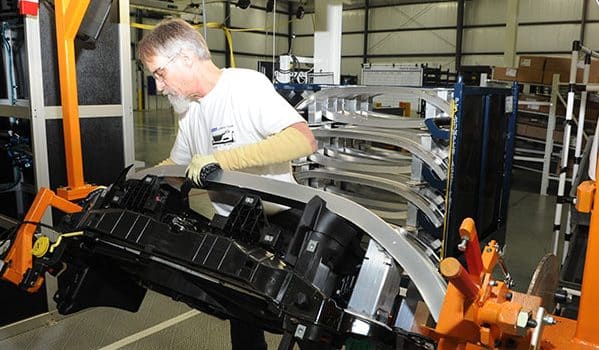The work instructions are not only there to enrich the industrial documentation. They are truly a key element that allows the company to operate properly and improve their performance. The instructions are reference supports for each operation to be carried out so that it is carried out with quality, productivity and safety in mind.

Consequences on quality and productivity
The hunt for errors and malfunctions is the top priority in the world of industry. Different methods have been developed over the years to try to detect these undesirable and highly penalizing elements, as well as to remedy them quickly and effectively. One example is Poka Yoke, a quality management system designed to help companies move towards “zero defect”. It is based, among other aspects, on inspections at several levels (by judgment, informative, source…) and mechanisms that stop the process in case of a problem in order to find an answer and make it more fluid.
Manufacturers have long understood that error is the enemy of quality. Quality errors, in fact, can be generated by non-compliance with work instructions.
These instructions are intended to guide operators through the various process steps in order to minimize or even eliminate incorrect operations that could result in defective products or products that do not meet quality objectives.
The elaboration of work instructions requires precision, a perfect knowledge of the specificities of production and the participation of field actors to truly serve as guides for their users and prevent them from making mistakes when carrying out their tasks.
In the same way, non-compliance with work instructions is a factor in reducing productivity, since it leads to production delays that can be considerable.
Property and persons at risk
Failure to comply with work instructions also means compromising safety in the company on more than one level.
Work instructions include safety rules to be followed, such as those related to the risk of fire, poisoning or falling. Industrial risks are of various natures, depending on the type of activity and the environment in which it takes place. Failure to comply with these rules puts at risk the integrity of employees, products, equipment, but also elements outside the company (environment, local residents, etc.).

Sometimes it is enough to reverse two steps, omit a simple control operation or make a small error in the operation for an adverse event to occur, with particularly unfortunate consequences: damaged means of production, the emanation of toxic gas, contact with dangerous products, injury or even death...
Examples of disasters of this type are numerous in the history of the industry.
Compliance with work instructions limits the dangers and increases the safety of technicians/operators, such as the goods and space with which they are in direct contact in the course of their mission.
Picomto is the leading digital work instructions software solution. Contact us to know more.




Leave A Comment